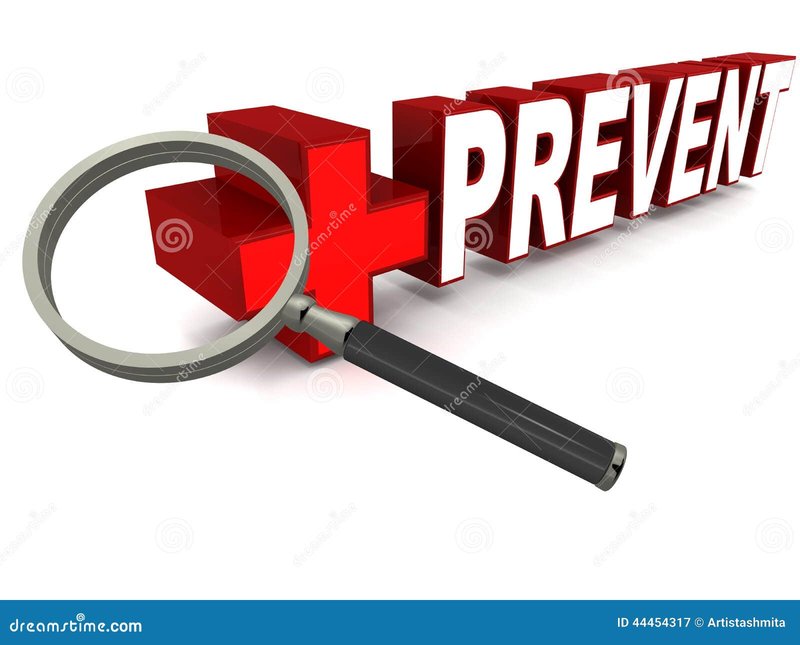
Let’s face it, no one wants their dryer going rogue, especially when you’ve got a pile of wet clothes yearning to be fluffed into warm, soft goodness. Understanding how to ward off this pesky error in the future is like learning to prevent a flat tire on your bike. It’s all about maintenance and being proactive. By understanding what causes this error and how your dryer works, you’ll be better equipped to prevent this code from interrupting your routine.
Understanding the HE Error Code
First things first, what exactly is the HE error code? HE stands for “Heating Error,” which is a signal that your dryer isn’t heating up as expected. Imagine trying to bake cookies in an oven that refuses to get hot; frustrating, right? This code is the dryer’s way of telling you something is wrong with its heating mechanism. Being aware of this can seem a bit daunting at first, especially if you’re not familiar with how dryers work.
There are a few main reasons this error might pop up. It could be as simple as an overworked thermal fuse, which is designed to cut power if the dryer gets too hot, much like a circuit breaker. Or, it might be a more complex issue like a faulty heating element or thermostat. These components are like the heart and brain of your dryer’s heating system. If they’re not in sync or functioning properly, your dryer can’t generate the heat needed to dry your clothes effectively.
Now, this might sound technical, but don’t worry; you won’t have to get a degree in engineering to tackle this. The key to preventing these issues is regular maintenance and a bit of understanding of what makes your dryer tick. In the following sections, I’ll walk you through some straightforward preventative steps to ensure your dryer remains in tip-top shape.
Regular Cleaning and Maintenance
Think of your dryer like a car; it needs regular upkeep to run smoothly. One of the simplest ways to prevent the HE error code is by keeping your dryer clean. Lint accumulation is a common issue that can lead to overheating, akin to a clogged air filter in your car that prevents the engine from cooling down. This is where regular cleaning steps in as your hero.
Every time you use your dryer, make it a habit to clean the lint trap. This action is like brushing your teeth daily to avoid cavities. Lint can block air circulation, causing your dryer to work harder and eventually overheat. On a monthly basis, consider doing a more thorough clean. Detach the vent hose and remove any lint buildup; this is like giving your dryer a refreshing cleanse from built-up grime.
Moreover, schedule a deep clean at least once a year. This involves checking the inner workings of your dryer, such as the drum and exhaust vent. You might need to enlist the help of a professional if you’re not comfortable doing it yourself. But trust me, this step is crucial. Regular cleaning not only prevents error codes but also extends the life of your appliance.
Checking and Replacing Components
Sometimes, the best defense is a good offense. Regularly checking the essential components of your dryer can help catch issues before they trigger an HE error code. Start with the thermal fuse. This small yet mighty part can be thought of as the gatekeeper against overheating. Unfortunately, it can blow out due to line surges or blockages, causing your dryer to stop producing heat.
To check it, you’ll need to turn off the power to your dryer and access the back panel. Use a multimeter to test for continuity. If the fuse is blown, it needs to be replaced. This is like swapping out a dead light bulb; it’s a straightforward fix that can make a world of difference in preventing errors.
Also, keep an eye on the heating element and thermostat. These are crucial for your dryer’s ability to produce heat. If the heating element is damaged or the thermostat isn’t functioning correctly, it could be akin to trying to drive a car with a broken radiator – your dryer just won’t work right. Regular inspections and replacements as needed will keep your dryer running smoothly and error-free.
Ensuring Proper Installation and Ventilation
Believe it or not, how your dryer is set up can also play a big role in preventing error codes. Proper installation and ventilation are key components. Think of them like the foundation of a house – if not done correctly, they can lead to bigger problems down the road.
Make sure your dryer is correctly installed according to the manufacturer’s guidelines. This includes ensuring the appliance is level on the floor and the exhaust vent is not kinked or crushed, which can impede airflow. Good ventilation allows hot air to escape efficiently, preventing the dryer from overheating and reducing the risk of an HE code occurring.
Additionally, be mindful of the space around your dryer. It needs room to breathe, just like you do. Ensure there’s adequate space for airflow around the machine. Avoid stacking objects on top that can block any vents or impede airflow. By ensuring proper installation and ventilation, you’re setting up a strong defense against future heating errors.
Final Thoughts and Preventative Actions
So there you have it, a comprehensive guide to keeping that pesky HE error code at bay. Remember, prevention is always better than cure. Regular cleaning, checking vital components, and ensuring proper installation and ventilation are your best bets for a well-functioning dryer.
Next time you’re doing laundry, keep these tips in mind. Treat your dryer with a little TLC, much like you would a good friend, and it will serve you well for years to come. Plus, by staying proactive, you’ll save yourself not only the headache of unexpected breakdowns but also the cost and hassle of potential repairs. Here’s to a future filled with smooth, error-free drying experiences!